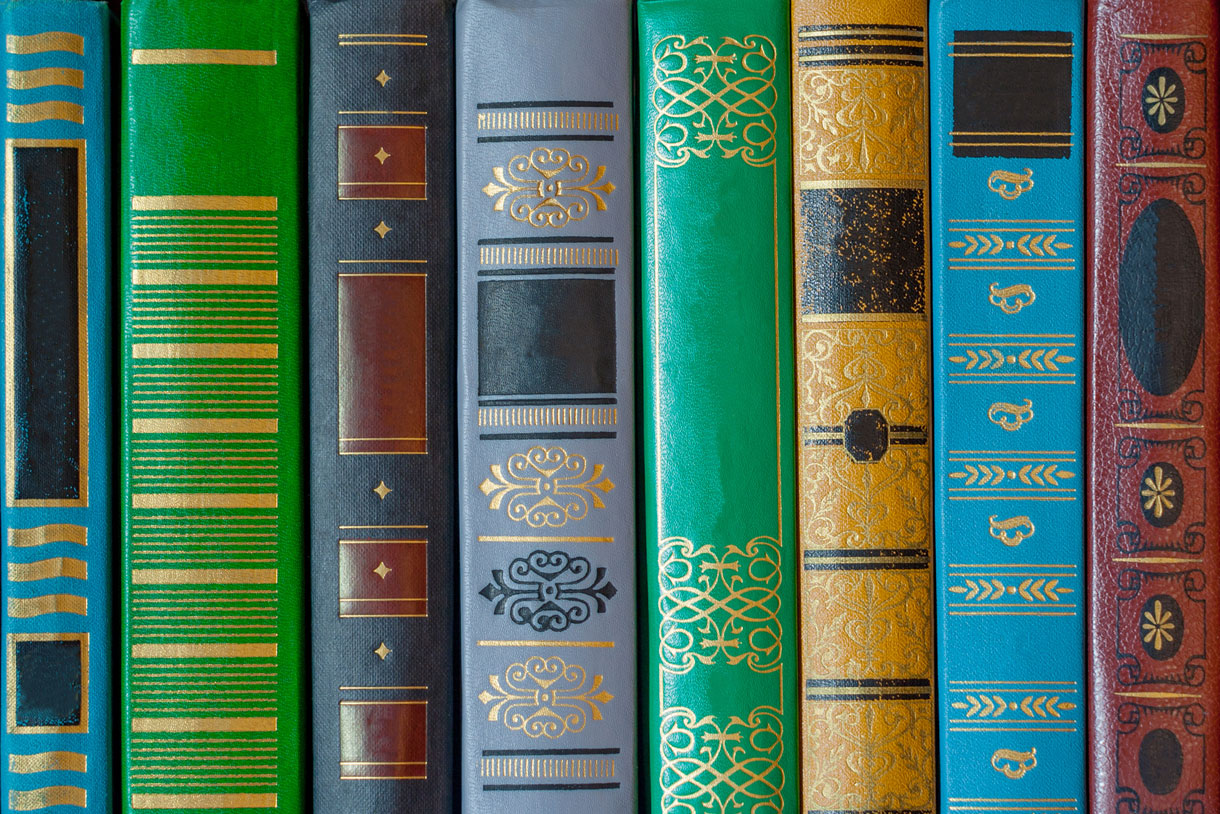
A joint study by the International Publishers Association and the World Intellectual Property Organisation (available here) reveals that in the year 2016, 57.8 million titles were published in China in the year 2016 and 149,443 titles in the UK. These numbers are mind-boggling. With the volume of books published every year, how does an author or a publishing house ensure that a book does not have a same title as that of a book that has been previously published? How should an author protect the intellectual property that vests in a title? And more significantly, is there any intellectual property in a title? Good form aside, would there be any intellectual property violations if a book is published with a title that is the same or similar to that of another book?
No Copyright Protection for Literary Titles
Section 13 of the Indian Copyright Act, 1957 defines the classes of work in which copyright subsists and states that copyright subsists in original literary, dramatic, musical and artistic works, cinematograph films and sound recordings. The definition suggests that what is protected by copyright is the work as a whole and not merely the title of that particular work. While Indian Courts have not specifically pronounced decisions with respect to titles of books, recent decisions pertaining to titles of movies offer guidance on the protection for literary titles.
The protection granted to literary titles was debated by the High Court of Delhi in Kanungo Media (P) Ltd. Vs. RGV Film Factory and Ors. [138(2007)DLT312]. In this case, the Plaintiff claimed rights over the title of a movie ‘Nisshabd’, which it had produced and won various awards for. The Defendants had produced a film called ‘Nishabd’. The Plaintiff argued that it enjoyed copyright in the film title; that the title had acquired distinctiveness; and that any use of the word ‘Nisshabd’ or any word deceptively similar is bound to cause confusion among film enthusiasts and members of the public. The High Court stated that a literary work needs a name (only after which it can be identified) and quoting McCarthy on Trademarks and Unfair Competition (Third Edition (1995) Vol. I), held that the term ‘literary title’ encompasses titles of books, periodicals, newspapers, plays, motion pictures, television series, songs, phonograph records, cartoon features and the like. Following the view taken by American Courts, the High Court held that copying of a title alone, and not the plot, characterization, dialogue, song etc. is not the subject of copyright law and copyright on a literary work would not include an exclusive right to use the title on any other work.
Trademark Protection for Literary Titles
In Kanungo, the Court held that legal protection for literary titles lies in the field of trademark and unfair competition. The Court identified two types of titles:
- Titles of Series of Literary Works: Titles of series of books, periodicals or newspapers function as a trademark to indicate that each edition comes from the same source as the others and such titles can be registered as trademarks; and
- Titles of Single Literary Works: Titles of a single literary work which in order to become entitled to trademark protection, it is necessary to prove that: (a) such a title has acquired secondary meaning; and (b) there is likelihood of confusion of source, affiliation, sponsorship or connection of potential buyers/audience/viewers. These two tests are discussed in detail below.
Secondary Meaning
The term ‘secondary meaning’ with respect to literary titles was explained by the Court by quoting McCarthy (Supra): the test for secondary meaning of literary titles requires determining whether, in the minds of a significant number of people, the title is associated with a single source of literary work. In other words, are people likely to assume that the defendant’s work is connected to the plaintiff’s literary effort? The consumer need not know the trade name of the source, but is entitled to assume that all works or goods under that title are controlled by some single source.
The Court also held that even if a work has not released, pre-release publicity of the title might cause that title to acquire recognition sufficient for protection. Further, relevant evidence to determine secondary meaning as a question of fact would be determined by seeing: (a) the length and continuity of use; (b) the extent of advertising and promotion and amount of money spent; (c) sales figures; and (d) the closeness of the geographical and product markets of the plaintiff and the defendant.
Likelihood of Confusion
The second test for claiming trademark protection for a literary title is that of likelihood of confusion to which the same considerations as applied to trademarks in general were applied. The Court held that the total visual impression of the whole item reaching consumers must be considered, and not a meticulous comparison to words letter-by-letter, syllable-by-syllable pronounced, and further that the stress must be laid on common rather than distinctive features.
Kanungo was also followed by the Madras High Court in R. Radha Krishnan vs. Mr. A.R. Murugadoss and the Film and Television Producers Guild of South India [AIR2014Mad25], where the Court held that the words ‘Raja Rani’ are words of common parlance and cannot be protected under copyright law. The Court held that the suit for injunction on a plea of copyright infringement was not justified.
Position of Law Laid Down by the Supreme Court
The decisions in Kanungo and R. Radha Krishnan were upheld by the Supreme Court of India in Krishika Lulla and Ors. Vs. Shyam Vithalrao Devkatta and Ors. [(2016)2SCC521]. In this case, the Plaintiff claimed rights over the title ‘Desi Boys’ and claimed copyright infringement by the Defendants who had released their film titled ‘Desi Boyz’. The Supreme Court held that a title is a name of a work, it is incomplete in itself and does not qualify for being described as a ‘work’. The Supreme Court held that Kanungo and R. Radha Krishnan laid down the correct law, and that while no copyright subsists in the title of a literary work, the remedy available to a complainant would be in an action for passing off or in respect of a registered trademark comprising such titles.
The law laid down by Indian Courts in the above decisions clearly shows that copying the title of a literary work alone will not amount to copyright infringement unless it can be shown that a part of the literary work (such as plot, characterization, dialogue etc.) itself has been copied. However, if the title of the literary work is such that it has been registered as a trademark, or if the title has acquired a secondary meaning, the complainant will have the protections available under Indian trademark law.
















